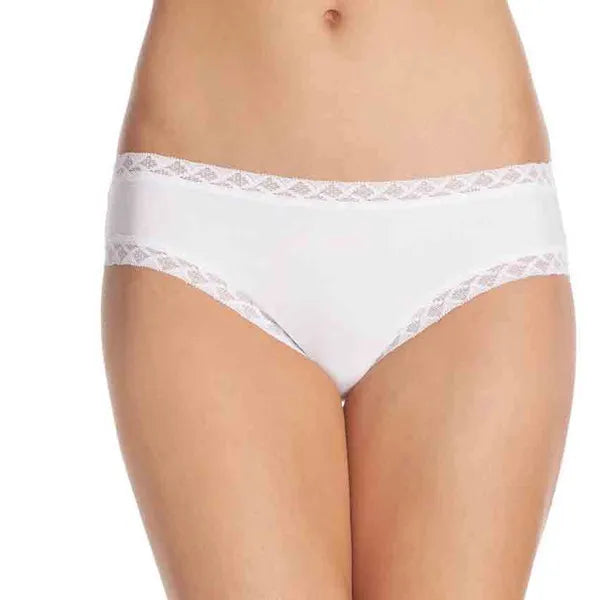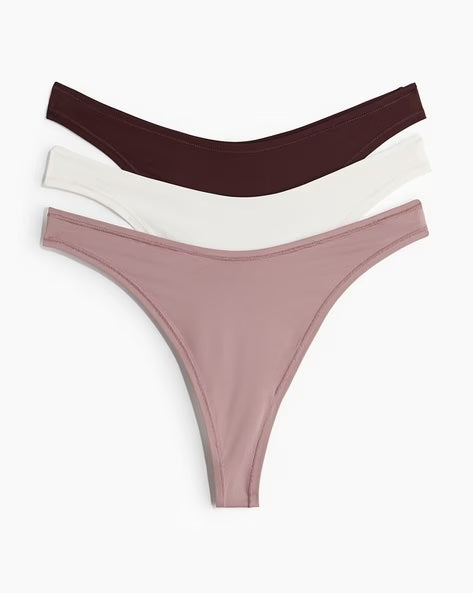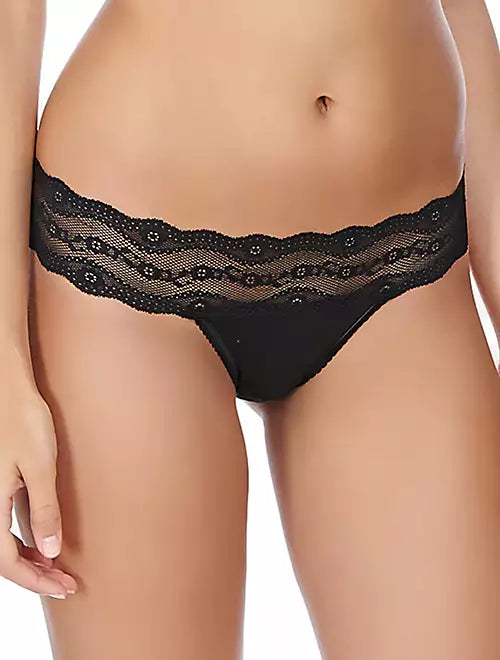The History of Underwear: The Evolution of Women's Styles

The Evolution of Women’s Underwear: A Brief History. Women’s underwear is a staple in modern fashion, but have you ever wondered when women actually started wearing it? Let’s delve into the fascinating history of women’s undergarments. The earliest records of underwear date back to ancient civilizations, where people often worn loincloths as both underwear and outerwear depending on climate and societal norms.
In ancient Egypt, ancient Egyptians wore linen loincloths not only as practical undergarments but also as symbols of power, status, and dignity, with these garments even playing a role in burial practices. In ancient Greece, women wore early forms of undergarments like the strophium, a bandeau style bra made of linen or leather, and layered under tunics for support and ease of washing. Roman society saw evolving attitudes towards underwear and modesty, with fashion and class distinctions influencing clothing practices and the approach to personal attire.
Introduction to Women’s Underwear
Underwear has been an essential part of human civilization for thousands of years, and women’s underwear, in particular, has a rich and fascinating story. From the earliest days, women’s undergarments have served multiple purposes: offering modesty, shaping the body, and providing comfort beneath outer garments. Over time, underwear styles have evolved dramatically, influenced by changes in fashion, technology, and even the development of men’s underwear.
The history of women’s underwear is not just about what women wore under their outer clothes, it’s also about how these garments reflected social status, health, and the changing roles of women in society. As we trace the journey from simple loincloths to the sophisticated lingerie and comfortable boxer briefs of today, we see how women’s undergarments began to mirror broader cultural shifts, often borrowing ideas from men’s underpants and adapting them for feminine needs.
Ancient Civilizations and Women’s Underwear
Long before the invention of modern underwear, women wore simple yet practical undergarments in ancient societies. In ancient Egypt, women wore linen loincloths for everyday comfort, and some even used leather panties, especially during menstruation, to maintain hygiene. These early forms of underwear were designed more for function than fashion, providing a basic layer of protection beneath other garments.
Ancient Greeks and Romans also adopted similar practices, with women wearing basic bands or wraps for modesty and support. The materials used, ranging from linen to leather, reflected both the resources available and the importance placed on cleanliness and comfort. As ancient civilizations advanced, so did the design and sophistication of women’s underwear, setting the stage for future innovations in fabric and fit.
Brief History and Early Beginnings
Believe it or not, women have been wearing some form of underwear for centuries. In ancient times, women in Egypt and Greece wore a simple loincloth like garment to provide modesty and protection.
Medieval Era
During the Middle Ages, women in Europe wore a garment called a “shift” or “chemise” underneath their dresses. Less wealthy women often had simpler or fewer undergarments due to economic constraints, which highlighted the social and economic disparities of the time. These undergarments were usually made of linen and served as a barrier between the body and the outer clothing. In contrast, medieval men wore early prototypes of male underwear, such as garments similar to boxer shorts with elastic waistbands, which differed from the shifts worn by women.
18th and 19th Centuries
It wasn’t until the nineteenth century that women’s underwear began to resemble the styles we are more familiar with today. During this period, women's undergarments evolved from simple linen chemises to more elaborate corsets, petticoats, and bloomers, reflecting changes in fashion and social attitudes. Drawers or “bloomers” became popular, providing more coverage and freedom of movement for women. Wealthy women could afford luxurious and fashionable undergarments made from fine fabrics and adorned with decorative details, setting them apart from those of lower social classes. The practice of tight lacing, where corsets and bodices were laced tightly to achieve a slim waist silhouette, was especially prevalent among fashionable women, but it raised significant concerns about women's health due to the restrictive nature of these garments.
The Industrial Era and Mass Production
The Industrial Era brought about a revolution in the world of underwear. With the advent of mass production and the introduction of new materials like elastic and nylon, women began to experience a new level of comfort and support in their undergarments. The modern bra emerged during this period, featuring adjustable straps and cup sizes that allowed for a more personalized fit. Union suits, or long johns, became a popular and practical choice, offering a comfortable alternative to the restrictive undergarments of previous centuries.
As women’s roles expanded beyond the home, underwear design adapted to meet the needs of women playing sports, working, and participating in public life. The influence of men’s underwear was also evident, with the athletic supporter and other masculine support garments inspiring new styles for women. This era marked a turning point, as women’s underwear became more functional, versatile, and accessible thanks to new materials and manufacturing techniques.
20th Century and Beyond
As the 20th century progressed, women’s underwear evolved to include a variety of styles, from briefs to thongs to boy shorts. At the start of the 20th century, women's undergarments began to shift from restrictive corsets to more comfortable and practical styles, reflecting changing social roles. A pivotal moment in underwear history was the invention of the bra using two handkerchiefs and a pink ribbon, which marked a significant innovation in women’s fashion. The introduction of tap pants offered a fashionable and comfortable alternative to earlier underwear styles.
In the 1950s and 1960s, pointed bras became especially popular, while uplift bras played a key role in shaping and accentuating the female figure. The trend toward tightly fitting underwear and the rise of body shaping undergarments further influenced fashion and confidence. The use of cotton fabrics in 1950s swimwear and underwear improved comfort and style, and the development of jockey briefs marked a new era for both men's and women's underwear. The invention of the modern undershirt was another milestone, and t shirts emerged as versatile garments worn as both underwear and outerwear.
Some undergarments, like the union suit, could even be worn as an outer garment, highlighting the blurred lines between underwear and other clothes. The history of underwear invented dates back to ancient times, but the 20th century saw it evolve from a basic necessity to a fashion statement. The union suit remained a traditional undergarment for many, and many women experienced a diversity of choices and styles throughout the century. Women's lingerie evolved in both style and inclusivity, especially in the modern era, where attitudes toward gender, comfort, and fashion have shifted dramatically.
Underwear today is seen as both a necessity and a statement of personal style. Department stores played a significant role in popularizing underwear brands and styles, with Victoria's Secret becoming a major influence in modern lingerie and using near naked models in their advertising campaigns. The second world war, world war, and world war ii all impacted underwear design and availability, as practicality and resourcefulness became essential.
Throughout these changes, underwear continued to be worn beneath other clothes for both functional and aesthetic reasons. The invention of new materials like nylon and spandex revolutionized the comfort and fit of women’s undergarments.
The Impact of Men’s Underwear on Women’s Fashion
Throughout history, men’s underwear has had a significant impact on the evolution of women’s undergarments. The introduction of boxer shorts and boxer briefs in men’s fashion led to the creation of similar styles for women, offering a comfortable and sporty alternative to traditional panties. Features like elastic waistbands and wider leg openings, originally designed for men’s underpants, soon became popular in women’s underwear for their practicality and ease of movement. The lingerie industry, with brands like Victoria’s Secret at the forefront, embraced these trends, blending masculine support elements with feminine design to create sexy underwear and push up bras that appealed to a wide audience.
The development of modern cup sizes, the move away from constricting corsets, and the rise of comfortable alternatives like women’s boxer briefs all reflect the ongoing exchange of ideas between men’s and women’s underwear design. Today, women can choose from a vast array of underwear styles, each offering a unique combination of comfort, support, and style, thanks in part to the lasting influence of men’s underwear innovations.
Conclusion
So, when did women start wearing underwear? The answer is a long and complex journey through history, with women's undergarments evolving alongside changes in fashion, technology, and societal norms. Today, women have a wide range of underwear options to choose from, reflecting both style and functionality.
Check out our homepage Olivia Paisley


